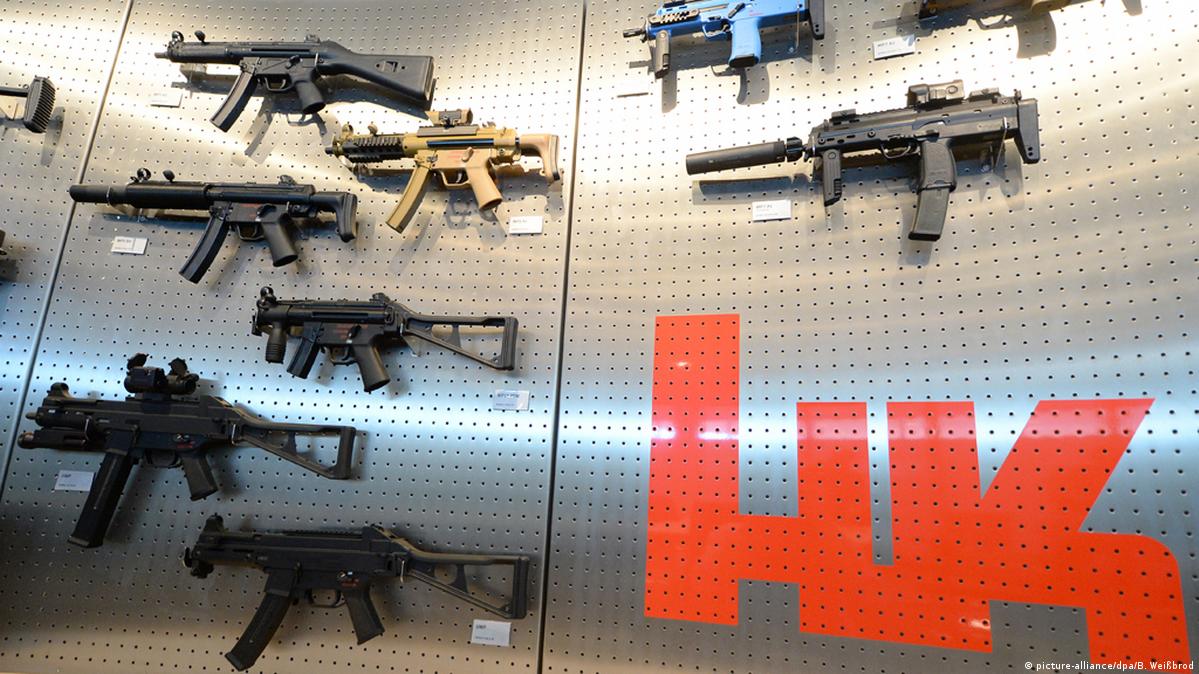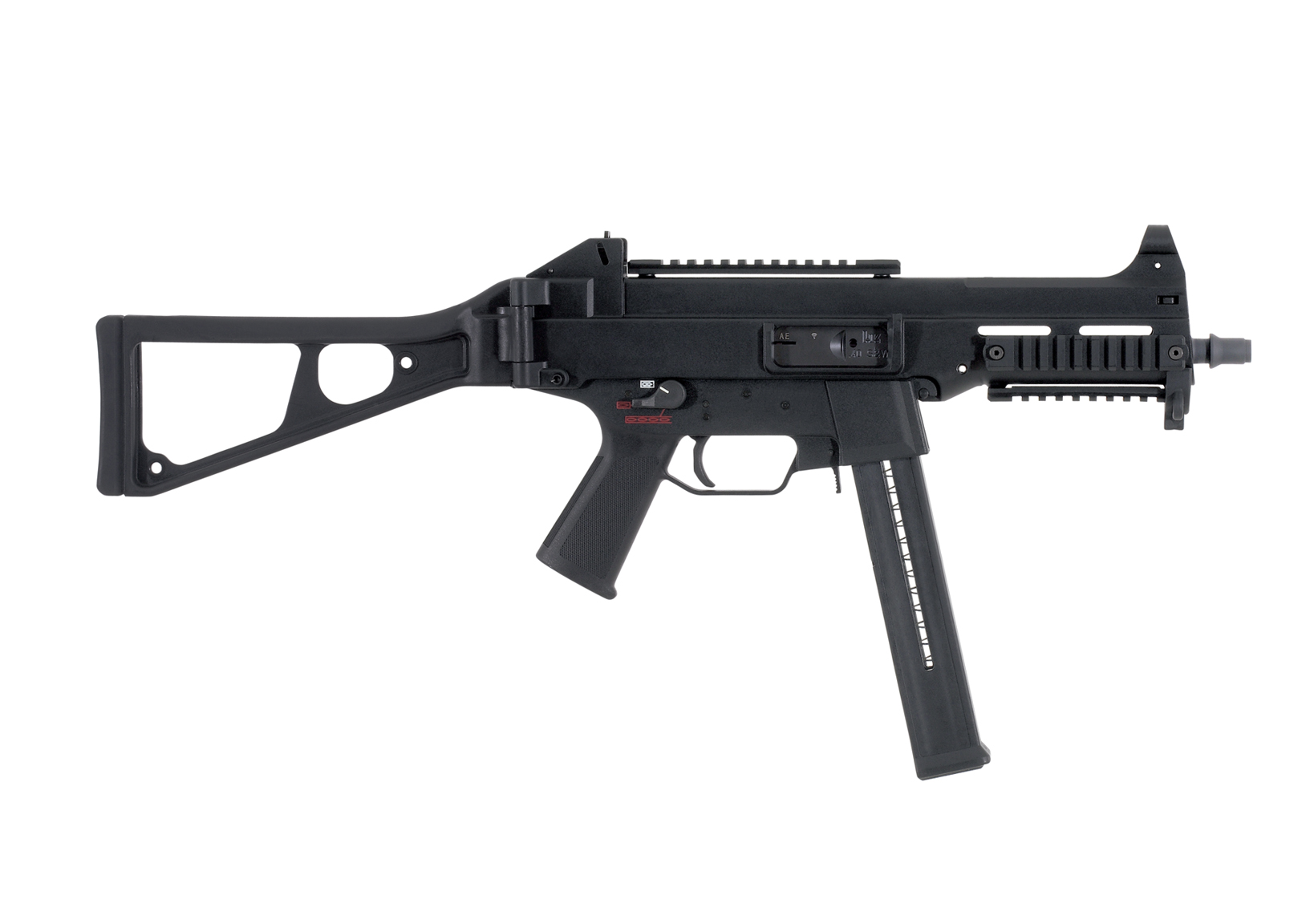Hk Machine Guns - This article needs more citations for validation. Please help improve this article by adding citations to reliable sources. Unsourced material may be challenged and removed. duHeckler & Koch G3" source – news · newspaper · books · scholars · JSTOR (March 2018 ) (Learn how and why to remove this sample notice)
The Heckler & Koch G3 (Gewehr 3) is a 7.62×51mm NATO selective fire combat rifle, developed in the 1950s by the German arms manufacturer Heckler & Koch (H&K) in collaboration with the rapid design and development designer CETME is owned to the Spanish state (Ctro de Estudios Técnicos de Materiales Especiales).
Hk Machine Guns

Over the years the modular G3 has been exported to more than 70 countries and manufactured under license in at least 15 countries, bringing the total number of builds to around 7,800,000.
Tge Modern Military Machine Gun Package (mmmgp)
The G3 was the service rifle of the German armed forces until it was replaced by the G36 in the 1990s.
The original Mauser Gerät 06H and Modèle CEAM 1950 prototype assault rifle, Frch's attempt to bring the StG 45(M) concept to mass production. Chambered in .30 Carbine.
The origins of the G3 can be traced back to the last years of World War II when Mauser gineers at the Light Arms Development Corporation (Abteilung 37) in Oberndorf am Neckar designed the Maschinkarabiner Gerät 06 (MKb Gerät 06," 'Mschinkarabiner Gerät' designer G3 06 ,'"machine carbine 06") a prototype assault rifle using the Kurz 7.92×33mm intermediate cartridge, the first being the Gerät 06 model using a short recoil mechanism with a roller lock originally adapted from the MG 42 machine gun but having fixed barrel and piston rod driven by convection gas.
The resulting weapon, the Gerät 06H (suffix "H" for halbverriegelt - "half lock") was designated the StG 45(M) (Sturmgewehr 45(M), assault rifle 45) but was not produced in significant numbers and became the war ended before the first production rifles were completed.
European Prodigies: Hk And Fn
German technicians involved in the development of the StG 45(M) were sent to work in France at Ctre d'Etudes et d'Armemt de Mulhouse (CEAM). The StG 45(M) mechanism was modified by Ludwig Vorgrimler and Theodor Löffler at the Mulhouse facility from 1946 to 1949. Three versions were built, chambered in .30 Carbine, Kurz 7.92 × 33 mm and the short 7.65 × 35 mm cartridge after to testing by Frch developed by Cartoucherie de Valce in 1948. The 7.5 × 38 mm cartridge using partial aluminum cartridges was discontinued in 1947. The Löffler design, adopted in Carabine Mitrailleuse Modèle 1950, was kept for testing among 12 different prototype designed by CEAM, MAC and MAS. took part in the Indochina War and this was the second
In 1950, Vorgrimler moved to Spain, where he created the LV-50 rifle with the Kurz cartridge and then the unique 7.92×40mm CETME M53 cartridge.
At this point, the rifle was bolted to the Modelo 2. The Modelo 2 attracted the attention of the West German Bundesgrzschutz (Border Guard), who were looking to re-instate the newly established national defense forces. Unwilling to accept cartridges outside NATO specifications, the Germans asked CETME to develop a 7.62×51mm version of the rifle. The resulting CETME Model A is chambered for the 7.62×51mm CETME cartridge, which is not chambered in bay brightness but has a reduced energy load compared to 7.62×51mm NATO ammunition. Subsequent evolution of the rifle with input from H&K resulted in the Model B CETME which received a number of modifications, including the ability to fire from the closed pin in semi-automatic and automatic firing modes, one new hand plate and a perforated sheet metal guard. (both folding legs were pre-stocked in previous models), improved ergonomics, and a slightly longer barrel with 22 mm rifle feed tube guides. In 1958, this rifle entered service with the Spanish Army as the Modelo 58, using the 7.62×51mm CETME cartridge.

In 1956, the Bundesgrzschutz abandoned plans to purchase the CETME rifle, using the Belgian FN FAL instead as the Gewehr 1 (G1). However, the newly formed West German Army (Bundeswehr) has now shown interest and soon purchased a number of CETME (7.62×51mm NATO bay) rifles for further testing. CETME, known as Automatisches Gewehr G3 in German nomenclature, successfully competed with the Swiss SIG SG 510 (G2) and the American AR-10 (G4) to replace the previously preferred G1 rifle. In 1956, the Bundeswehr began extended army trials with 400 CETME rifles. Heckler & Koch made several changes to the CETME rifle. In January 1959, the Bundeswehr formally approved the technically improved CETME proposal.
Heckler & Koch Hk416
The West German government wanted the G3 rifle to be manufactured under license in Germany; The previous purchase of G1 had failed because FN had refused to grant such a licence. In the case of the G3, the Dutch company Nederlandse Wap Munitiefabriek (NWM) has the rights to manufacture and sell the CETME design outside of Spain. In order to obtain the production rights, the West German government offered NWM contracts to supply 20mm ammunition to the Luftwaffe. Production of the G3 was assigned to Rheinmetall and Heckler & Koch.
The latter company already has ties to CETME and has worked to further optimize the CETME rifle for use with the all-powerful 7.62×51mm NATO cartridge (rather than the downgraded CETME variant ). In 1969, Rheinmetall relinquished production rights to the G3 in exchange for Heckler & Koch's promise not to bid to produce the MG 3 machine gun. Then in 1977, the West German government relinquished the exclusive rights to manufacture it and to sell. Heckler & Koch. After acquiring these rights, Heckler & Koch initially had to pay the government 4 Deutsche Marks per rifle, despite receiving the contract from the German government.
The original production G3 rifle was fundamentally different from the more direct models; early rifles had a closed-type mechanical swivel scope (with two apertures), a lightweight bipod, a stamped sheet steel handguard, a wooden stock (on fixed models) or a metal stock telescope.
Before being delivered to the Bundeswehr, each G3 will be functionally tested, sight corrected (Anschieß) and fire tested at the factory. During this process, five shots were fired at the target at a height of 100 meters (109 yd) with a particularly precise aiming missile. A group of 5 bullets should not exceed 120 mm (4.7 in) diameter (1.2 million/4.13 MOA). The weapon has been modernized during its service life (among other minor modifications, it has received new sights, other lightning arresters, and a composite hand and shoulder guard), resulting in the most accurate production models, the G3A3 (with fixed polymer stock ) and the G3A4 (telescopic metal stock). The rifle proved a success in the export market, used by the armed forces of more than 40 countries.
Review/retrospect: Hk Mp5 Submachine Gun
Known arms manufacturers include France (MAS), Greece (Hellic Arms Industry), Iran (Defse Industry Institute), Luxembourg (Luxemburg Defse Technologie), Mexico, Myanmar, Norway (Kongsberg Våpfabrikk), Pakistan (Pakistan Arms Factory), Portugal (FBP). ), Saudi Arabia (Military Industries Corporation (Saudi Arabia)), Sweden (Husqvarna Vaffabrik AB and FFV Carl-Gustaf in Eskilstuna), Thailand, Turkey Turkey (MKEK) and the United Kingdom (Royal Ordnance).
The Bundeswehr was working on improving their G3 rifle in the 1990s with a brass deflector that deflected spt cartridges down and forward relative to the operator and a new Polymer Firearm Stock assembly module/fire control allowing ambidextrous operation of the boom better. the G3 rifle was replaced with the Heckler & Koch G36. Currtly (2018) hundreds of thousands of modern variant G3A3A1, G3A4A1 and G3KA4A1 rifles are maintained by Bundeswehr personnel and kept in stock or available in small military base arsenals.
A model of the cutting chamber with the exhaust pipes (left) and the roller delay action of the G3.

The G3 is a selective fired automatic weapon that uses a slow release roller action system. The two-piece bolt assembly consists of the barrel lock (bolt head) and the bolt holder. The pin is held in the battery by two sliding cylindrical rollers with which the device measures keyholes in the barrel extension. The barrel lock is opened when the two rollers are compressed inward relative to the cam faces controlled by the back pressure of the expanding gas at the bolt head. As the rollers move in, the recoil force is transferred to the locking pad and the bolt holder begins to retract while the bolt head moves back slowly relative to the bolt holder. When the bolt holder clears the rollers, the pressure in the bore is reduced to a safe level, the bolt head is held by the bolt holder and moves back into a block, continue the cycle of action. Based on the geometric relationship derived from the angles of the roller contact surface of the locking pad and the concave portion of the barrel, a ratio of 4:1 for the 7.62×51mm cavity is deferred to NATO pinhead recall. So in the same amount of time, the bolt head holder moves 4 times faster than the bolt head. This ratio continues until the locking rollers are withdrawn from the barrel expansion recesses. The pin has an anti-bounce mechanism that prevents the pin from bouncing off the locking face of the barrel. The "bolt head lock lever" is a spring loaded claw mounted on the bolt holder that will hold the bolt head firmly as the bolt holder group engages the pin. Basically, the lever goes into place by friction, providing good resistance to
Hk 416 Series 5.56mm Select Fire Rifles
Realistic toy machine guns, machine guns, brother sewing machine hk, shoot machine guns vegas, stream machine water guns, machine guns vegas, machine guns las vegas, hk guns list, hk guns accessories, sewing machine hk, nerf guns machine guns, toy machine guns
0 Comments